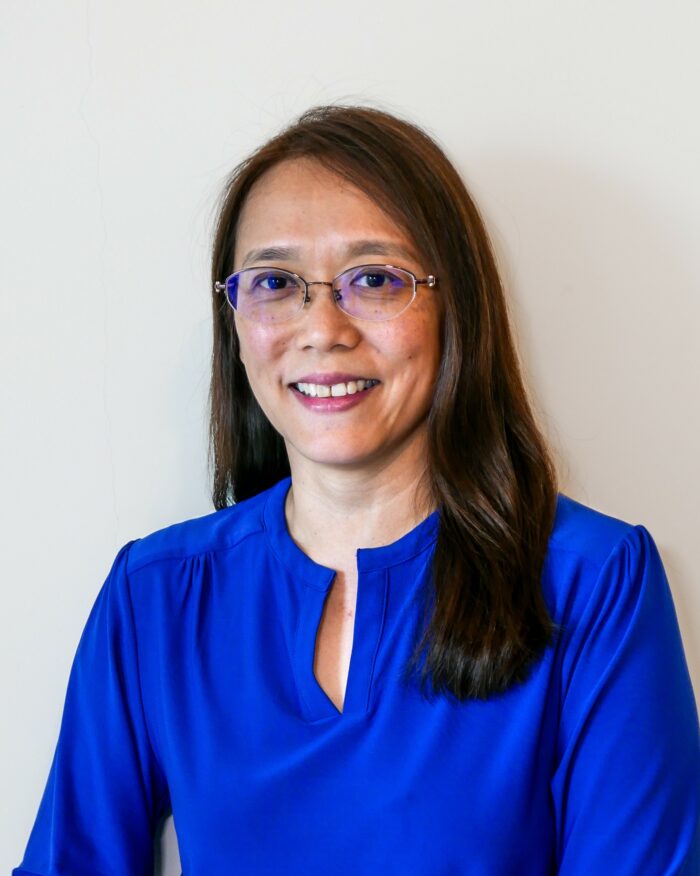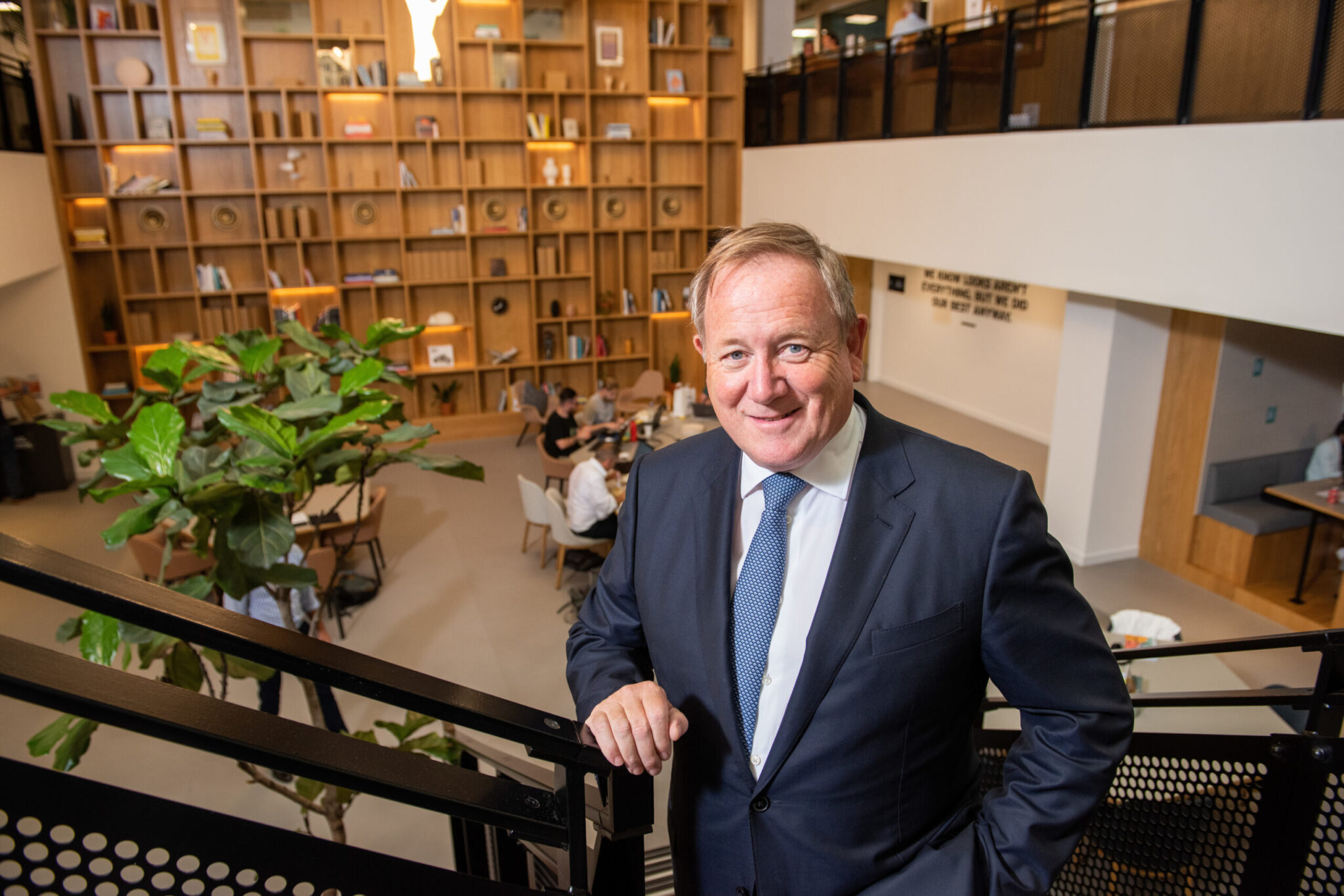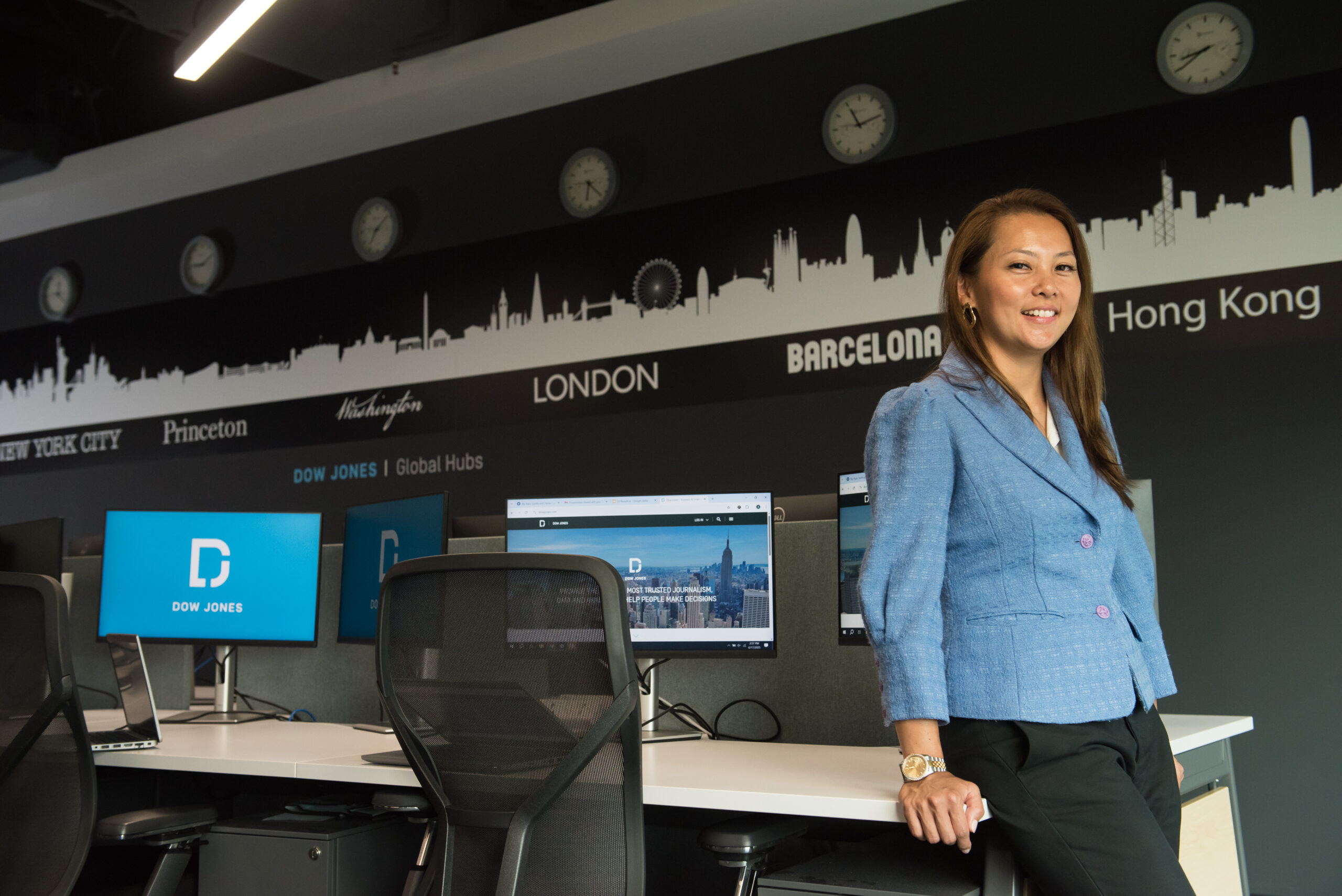Why HR leadership is the key to organisational change
- Shawn Liew

Whether by design or through circumstance, many organisations have been offering flexible work arrangements to their employees over the last few years and are likely to continue doing so in the foreseeable future.
The question many HR leaders are asking themselves as they seek a winning formula for flexible work, is, “How can we boost employee experience in a flexible working environment to create more productive employees?”
The pandemic has proven that work can be done from anywhere and at more flexible times, and more importantly, allow employees to enjoy a better work-life balance, said Suyin Enriquez, Vice President, International HR, Ceridian.

“Having been on flexible work arrangements for the past two years, employers need to find the best way to deliver a great employee experience both in person and virtually.” – Suyin Enriquez, Vice President, International HR, Ceridian.
Speaking to HRM Magazine Asia, she added, “Having been on flexible work arrangements for the past two years, employers need to find the best way to deliver a great employee experience both in person and virtually. Collaboration and connection become more important and being able to do this in a meaningful way is key.”
Based out of the company’s local headquarters in Singapore, Suyin is an accomplished HR leader who joined Ceridian in September 2020. She brings a wealth of HR experience and expertise accumulated throughout the Asia-Pacific region.
For more than 20 years, she has worked with organisations such as the National Basketball Association (NBA) Asia, Procter & Gamble, Accenture, and Deloitte Touche Tohmatsu, and has seen the workplace shaped and reshaped by a number of transformative changes.
All of which, could arguably pale in comparison to one of the biggest and potentially most disruptive change organisations around the world are currently having to contend with.
Suyin explained, “Employees are now looking for more flexible work arrangements where they are given a choice of where to work, when to work and how to work. If organisations can’t find a way to provide these options, the pool of candidates who are willing to work for them will be limited.”
For organisations who continue to view flexibility for employees as hyperbole, a rethink should perhaps be a pressing priority.
According to Ceridian’s 2022 Pulse of Talent report, employees in Singapore, while still valuing renumeration, identified remote work and flexible hours as the second most important factor that will make them consider seeking alternative employment.
Yet, less than half of business leaders are building flexibility into job roles and responsibilities to help their organisations build a change-ready culture.
Suyin cautioned, “This divide sends a clear message that return-to-work plans may not align with what employees want, which could negatively impact employers’ ability to recruit and retain talent.”
To make flexible work a success, employee experience must be a top priority because no organisation can be successful unless their employees feel motivated and engaged. “This means reducing silos and creating opportunities for collaboration across teams, functions, and regions. Employees want an experience that mimics how they interact with their favourite brands as consumers, which is digital, on-demand, personalised and self-led,” said Suyin.
She also recommended mobile technology as a tool for organisations to create a tailored and connected experience for remote employees. “Whether it’s swapping shifts, checking schedules, or reviewing their pay, employees want access to their work life through their mobile devices. Employees who have greater control over their own schedules are more likely to be engaged, which can lead to less turnover.”
Why a change-ready culture starts from the top
Besides demonstrating flexibility and prioritising employees, organisational agility has been a key characteristic of organisations that have successfully navigated the pandemic.
To build and sustain organisational agility, a change-ready culture primarily driven by the behaviours and performance of leaders is pivotal to manage disruption and prepare employees for change, according to Suyin.
She elaborated, “Standards and expectations displayed by leaders are echoed and emulated by the workforce. People and culture leaders have an opportunity to cement their custodial ownership roles and create a culture of continuous value creation in the workforce.”
According to Ceridian research, organisations can build change readiness into their culture with some key approaches, including implementing diversity, equity, and inclusion (DEI) strategies to foster a culture that respects and celebrates all employees.
Explaining how this is intrinsic to creating a positive employee experience, Suyin added, “What’s essential is not to think of DEI as a perk, or an add-on, but rather as a fundamental element of how an organisation operates.”
“From fair recruitment to equal remuneration for employees, to setting measurable targets for ongoing improvement, HR can also help organisations be purposeful and intentional when it comes to DEI.”
HR leaders, she recommended, should take a data-driven approach to develop DEI initiatives, beginning with using data to fill gaps.
READ: Succession planning: The secret ingredient to retain top talent
When accessing DEI programmes, key metrics to measure include general demographic data that identifies diversity gaps, as well as employee pulse surveys that allow all employees to reflect on organisational and personal engagement.
To further drive the success of these initiatives, leaders must adopt a flexible and open mindset that adjusts to new ways of working and understand that a one-size-fits-all approach no longer works because each employee has unique needs.
In the process, organisations build up resilient leadership that is critical for success in an increasingly borderless, virtual-first world of work. “Having strong leaders in place today and a pipeline of leaders for tomorrow are essential for an organisation to effectively weather change,” said Suyin.
Change that includes a shift in mindset from burnt-out, disengaged, and disconnected employees who have decided not to go over and beyond at work, as the recent conversations over “quiet quitting” has highlighted.
To successfully manage an increasingly diverse workforce with different beliefs and priorities, leaders need to acquire the agility and flexibility that will allow them to engage with employees under their care and to create a more productive workforce.
“This requires engagement on two levels – commitment to an individual’s goals and a commitment to the company’s goals,” said Suyin. “Clear and measurable individual performance goals, connected to a purpose-driven organisation where goals are cascaded to the individual, can create an improved employee experience, and ultimately lead to a high-performing workforce.”






